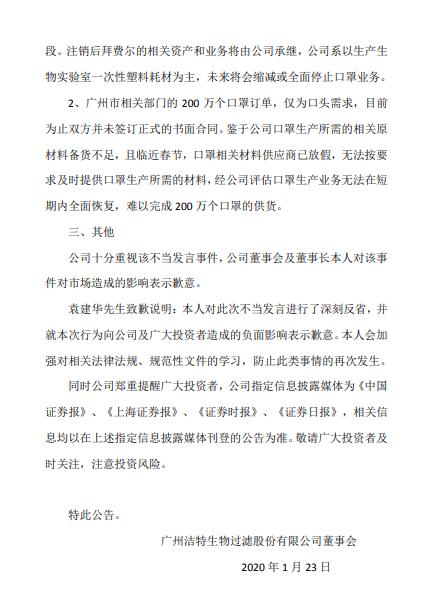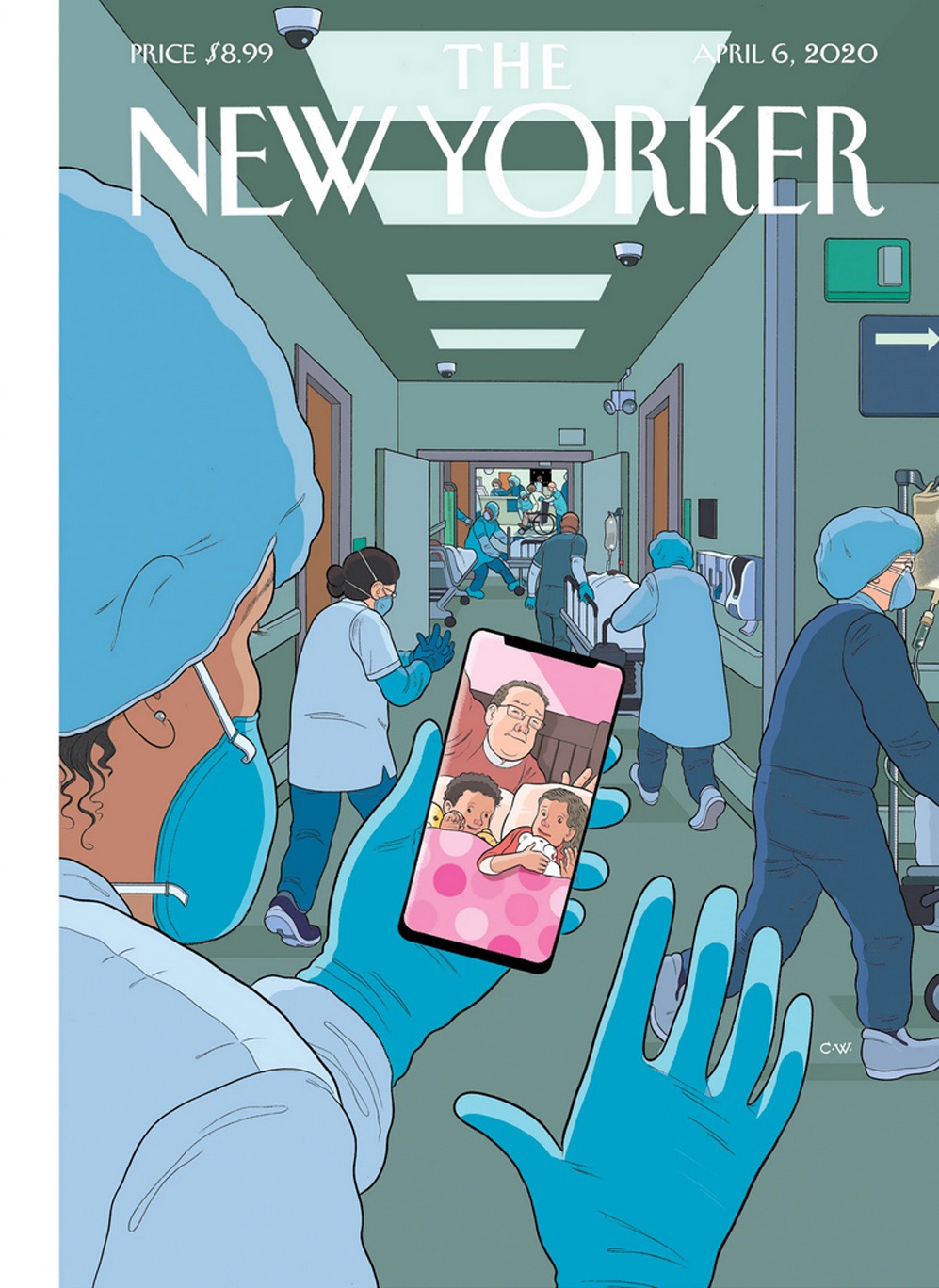In the realm of global health emergencies, the COVID-19 pandemic has undeniably etched its name in history as one of the most significant events of the 21st century. This viral outbreak, first identified in late 2019, has not only reshaped our understanding of infectious diseases but has also posed unprecedented challenges to healthcare systems, economies, and social interactions worldwide. As English becomes a universal language in sharing information and knowledge, it is crucial for English language learners (ELLs) to have a comprehensive understanding of this pandemic and its impact. This handbook aims to provide a concise yet comprehensive overview of the COVID-19 pandemic, focusing on its origins, transmission, prevention measures, global response, and the role of English in communication during this trying time.
1. The Origin of COVID-19
The novel coronavirus, later named SARS-CoV-2 (Severe Acute Respiratory Syndrome Coronavirus 2), was first detected in Wuhan, China, in December 2019. The disease it causes, COVID-19 (Coronavirus Disease 2019), quickly spread globally due to its high contagiousness and the lack of immediate immunity among the global population. Scientists believe that the virus likely originated from an animal host and was transmitted to humans, a phenomenon known as zoonosis.
2. Transmission Dynamics
COVID-19 is primarily spread through respiratory droplets produced when an infected person coughs, sneezes, or talks. These droplets can land on surfaces or be inhaled by others, making it an airborne disease. Additionally, indirect contact with contaminated surfaces and then touching one's face increases the risk of infection. The virus's incubation period, the time between exposure and onset of symptoms, can be anywhere from 2 to 14 days, making it difficult to trace and contain at early stages.
3. Prevention Measures
To mitigate the spread of COVID-19, a set of preventive measures has been recommended by global health authorities:
Social Distancing: Maintaining a physical distance of at least 6 feet (2 meters) from others.
Mask-Wearing: Wearing a face mask in public settings to prevent respiratory droplet transmission.
Hand Hygiene: Regularly washing hands with soap and water for at least 20 seconds or using alcohol-based hand sanitizers.
Ventilation: Ensuring adequate ventilation in indoor spaces to reduce the concentration of airborne viruses.
Avoiding Crowds and Large Gatherings: Limiting exposure to large groups of people to reduce the risk of infection.
4. Global Response and Impact
The COVID-19 pandemic has triggered an unprecedented global response, involving governments, international organizations, and private sectors alike. Countries implemented lockdowns, travel bans, and economic stimulus packages to mitigate the spread and mitigate its economic fallout. The World Health Organization (WHO) served as a central coordinating body, issuing guidelines, monitoring the pandemic's evolution, and advocating for global cooperation.
The pandemic has had a profound impact on education, with many schools and universities shifting to online learning. It has also disrupted global supply chains, leading to shortages of essential goods and services. The economic downturn has resulted in job losses, business closures, and a surge in poverty and inequality worldwide. However, it has also accelerated digital transformation and highlighted the importance of digital literacy for ELLs to access information and resources remotely.
5. The Role of English in Communication
English has emerged as a crucial language for sharing accurate and timely information during the pandemic. From government announcements to scientific research publications, English facilitates global collaboration and knowledge exchange. For ELLs, this presents both opportunities and challenges:
Opportunities: Access to a wide range of resources and updates on COVID-19 through international media outlets and online platforms. Improved digital literacy skills can help them navigate this information effectively.
Challenges: Language barriers can hinder access to local health resources or create misinformation due to misinterpretation or miscommunication. ELLs may feel isolated or excluded from important discussions and decisions affecting their communities.
Conclusion
The COVID-19 pandemic has been a defining moment in modern history, reshaping our understanding of public health, economics, and social dynamics. As an ELL, it is essential to stay informed in English to participate fully in the global conversation about this crisis. By understanding its origins, transmission dynamics, prevention measures, and the role of English in communication, ELLs can not only protect themselves but also contribute to building resilient communities that are better prepared for future health emergencies. The journey towards recovery is long and complex, but with knowledge as our compass and unity as our strength, we can navigate these uncertain times together.
转载请注明来自爬爬百科,本文标题:《COVID-19疫情,英语学习者全面指南》












 京ICP备11000001号
京ICP备11000001号
发表评论